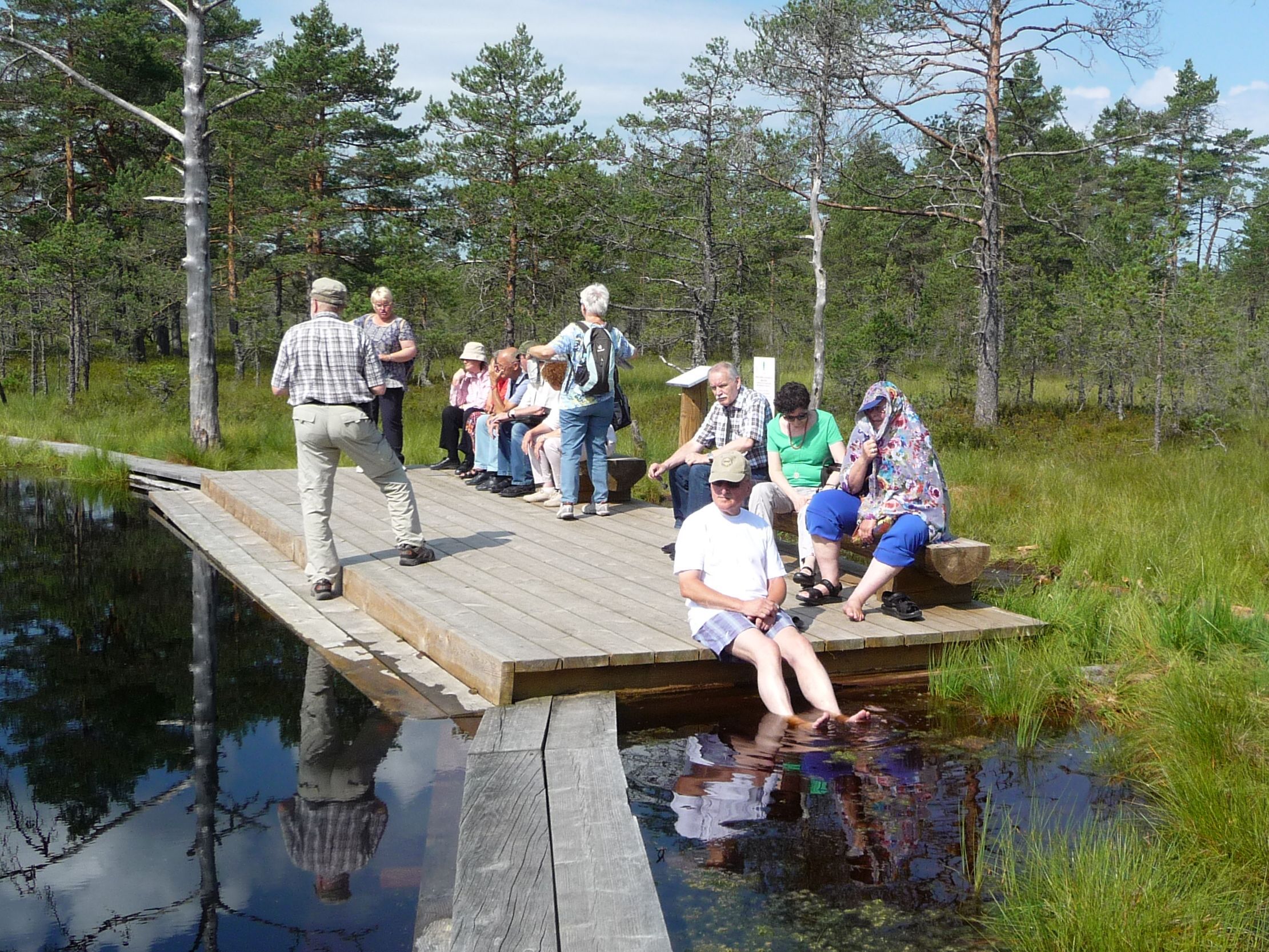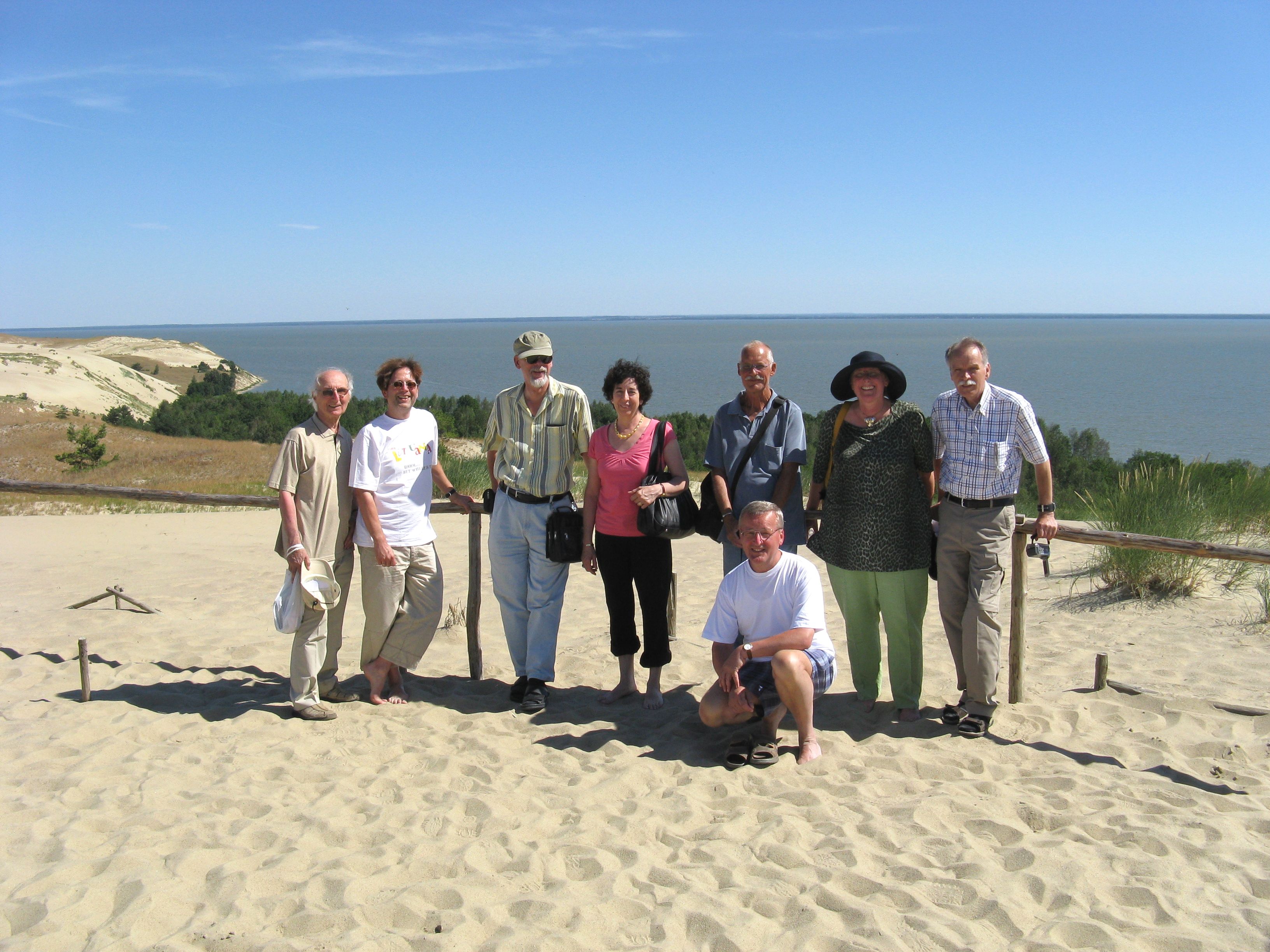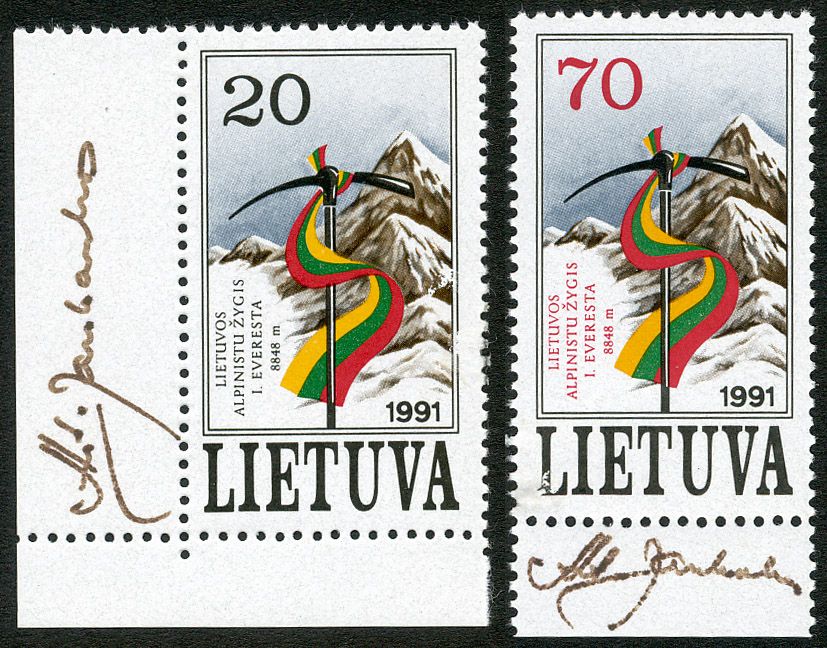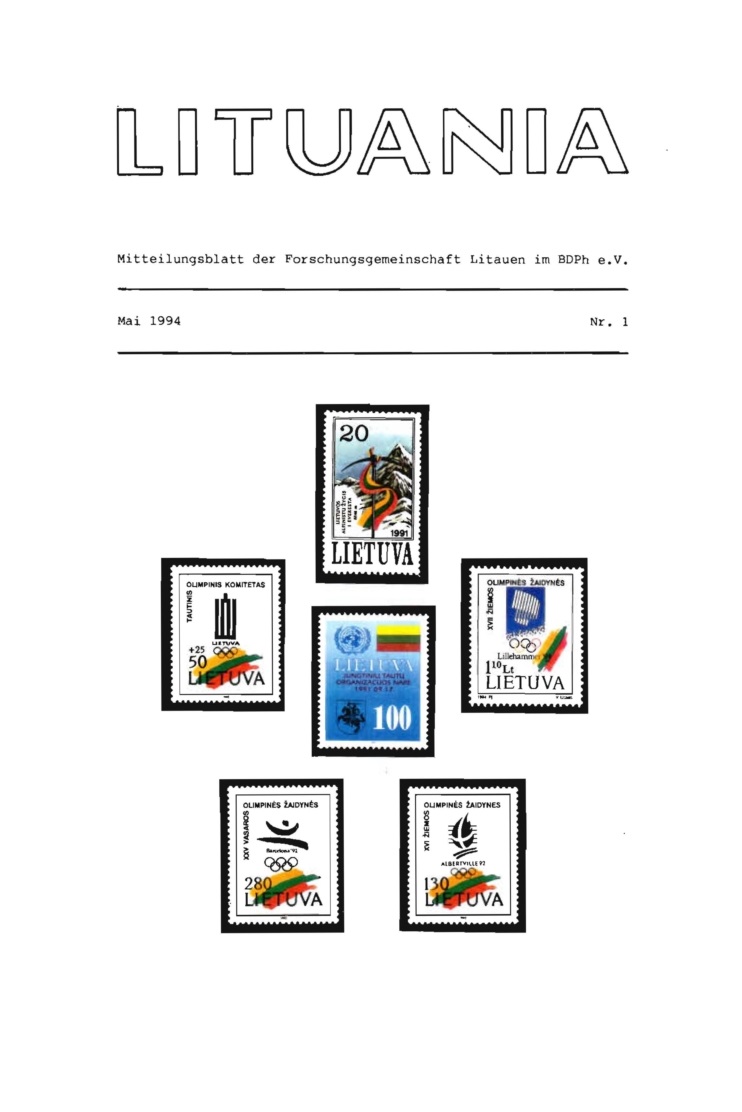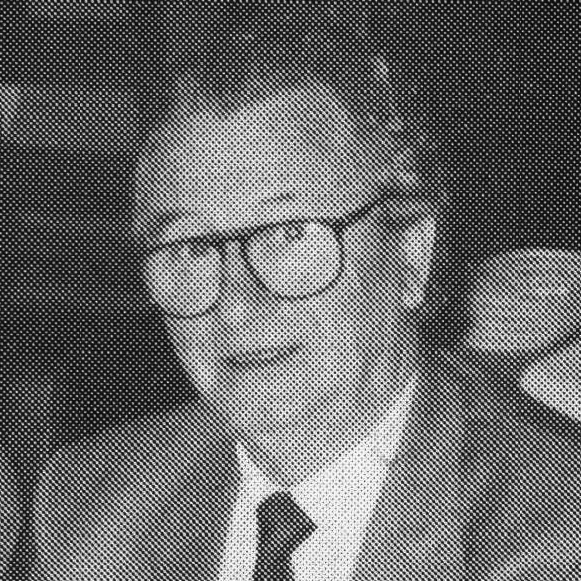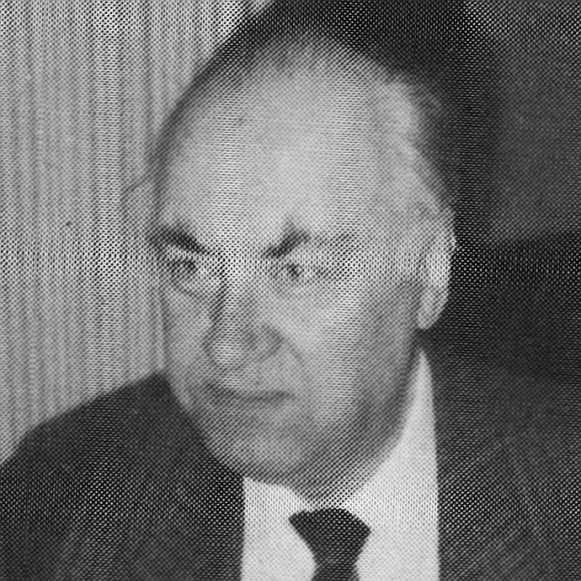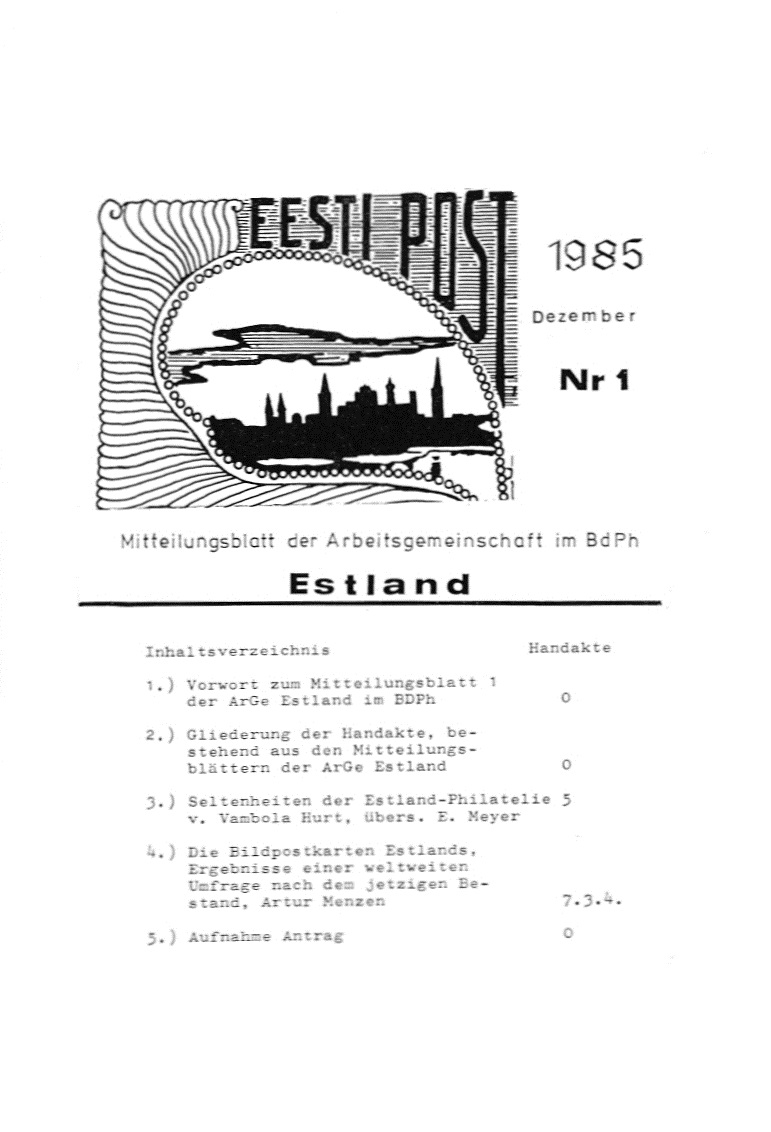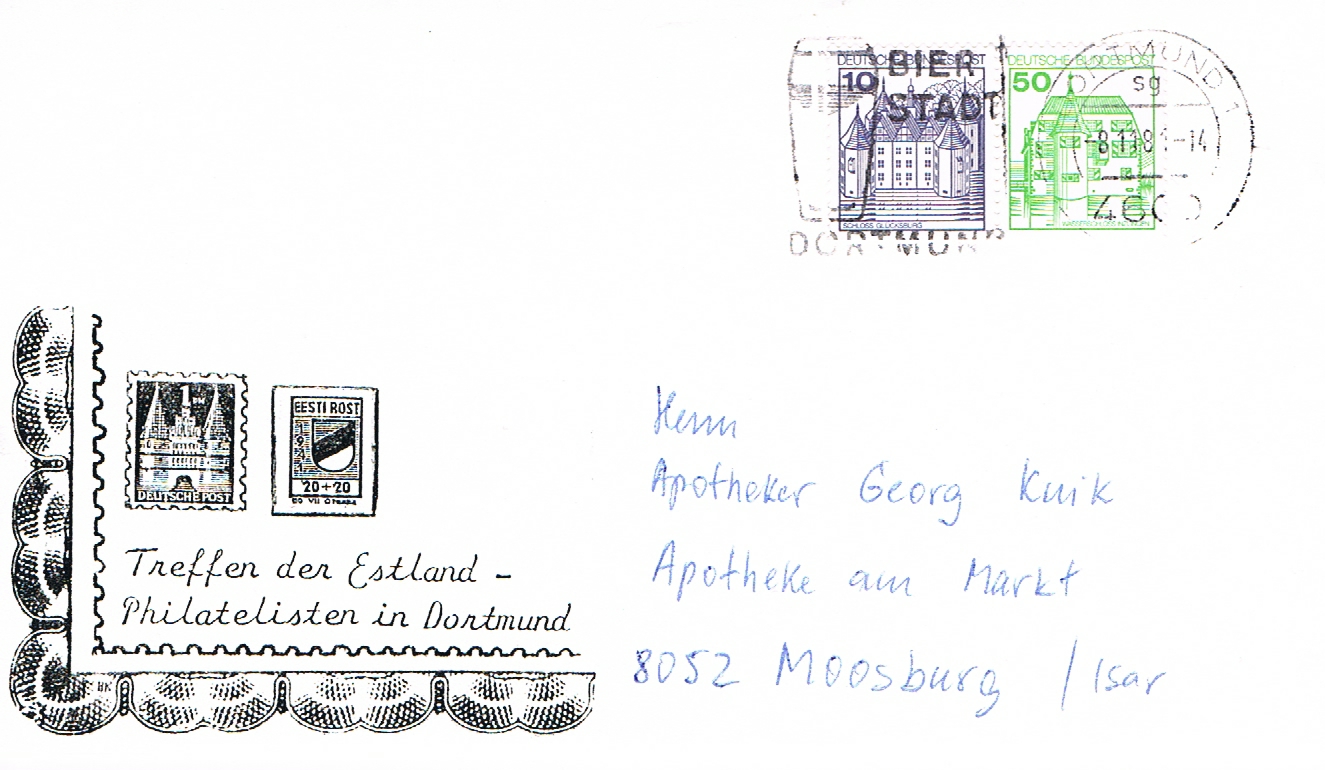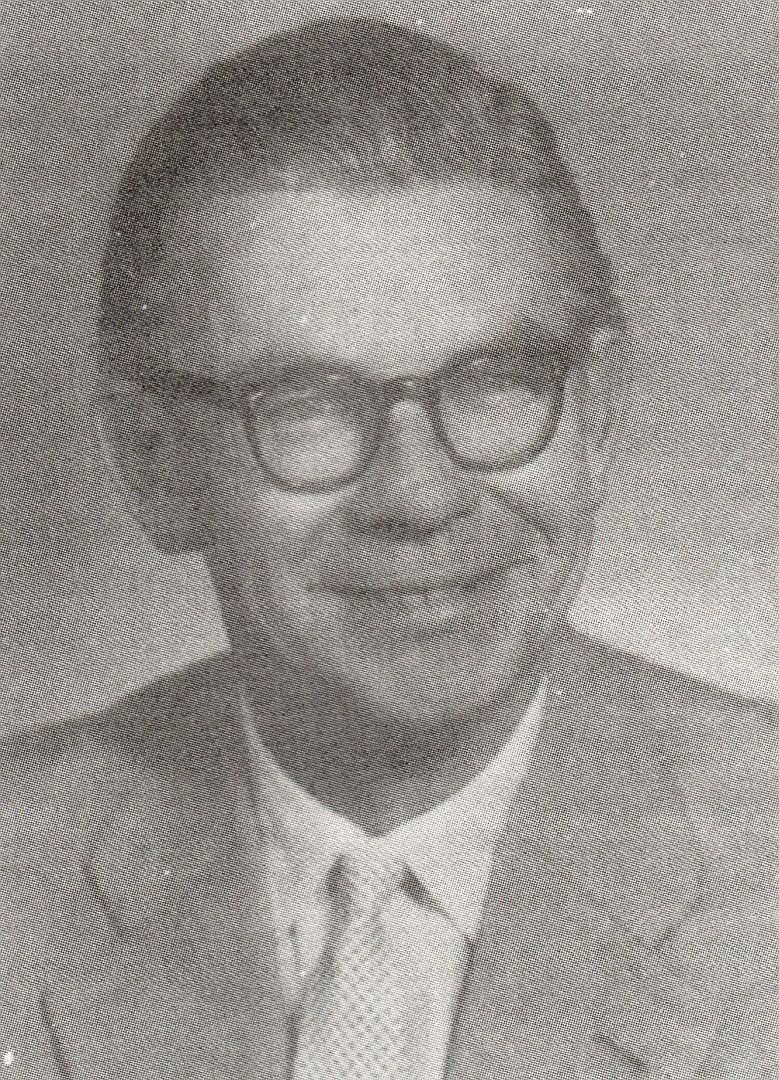Chronicle of the Predecessor ArGes
-
Entry in the register of associations Siegburg local court

On September 12, 2017, the Siegburg District Court entered the Arbeitsgemeinschaft Baltikum as a registered association (e.V.) in the local register of associations. Thus the legal merger process of the Arbeitsgemeinschaft Estland e.V. with the Forschungsgemeinschaft Litauen e.V. and the integration of the Forschungsgemeinschaft Lettland,member of BDPh was successfully completed.
-
Repeat merger, resolution on the articles of association (Hennef)
The decision of the Higher Regional Court of Celle of January 15, 2017, according to which the merger of registered associations must be accompanied by a notary public at the general meeting and not in the office, resulted in the working group signing the merger documents of 2015 with the same content again at the general meeting 2017 by a local notary public.
At the same time the statutes of the ArGe were finally adopted.
-
Liquidation ForGe Latvia (Hennef)
On the eve of the first general meeting of the ArGe Baltikum, ForGe Latvia disbanded.
As ForGe Latvia was not a registered association but a non-material association, it could not merge with ArGe Estonia and ForGe Lithuania. The collectors interested in further joint research work in a philatelic association joined the ArGe Baltikum as personal members.
-
Signing of merger agreements (Limburg)
Notarial certification of the merger of the ArGe Estland with the ForGe Litauen to the ArGe Baltikum by the board members authorised to represent the company.
Clockwise: Thomas Löbbering (Chairman of ArGe Estonia), Martin Bechstedt (Chairman ForGe Lithuania), Bernhard 'Tony' Fels (Managing Director ForGe Lithuania), Lothar Blank (Treasurer of the Estonian Working Group), Michael Wieneke (Managing Director of the Estonian Working Group).
-
General meeting Filatelistengroep 'Het Baltische Gebied'
The general meeting of the HBG decided to continue the activities of the Filatelistengroep for several more years, as long as enough actors are available for the production of the newsletter and other activities in the association.
However, the HBG's digital archive is already to be stored in the internet platform of the ArGe Baltikum and made available to the public.
-
General meeting ArGe Estonia (Soest)
Commissioning of the Management Board to prepare the merger of ArGe Estland and ForGe Litauen.
-
4th Baltic Tour of Research Community Lithuania
Philatelic Baltic tour, organized by ForGe Lithuania, with over 60 destinations in the Baltic States in Estonia, Latvia and Lithuania
See reports in the Eesti Post No. 59 p. 42–44, by Erika Feustel on p. 64–68 in the same issue and the illustrated travel report on this web.
-
Future Workshop Balticum (Groschlattengrün)
Meeting of the Boards of the Arbeitsgemeinschaft Estland e.V., the Forschungsgemeinschaft Lettland and the Forschungsgemeinschaft Litauen e.V. Basic considerations on a future cooperation of the philatelic societies of the Baltic States.
-
New Board of the Estonia Working Group
After 10 years at the helm of the ArGe, Dr Peter Feustel stepped down; the General Assembly elected Thomas Löbbering as the new 1st Chair.
The other actual board members were all re-elected.
From left to right
Dr. Peter Feustel (old Chairman), Lothar Blank (Treasurer), Nils Ehrich (Newsletter Editor), Thomas Löbbering (new Chairman) and Michael Wieneke (Managing Director) -
3rd trip of the Research Foundation Lithuania
The journey with participants from all 3 Baltic working groups (9 collectors, 6 accompanying persons) started in Riga, led to Lithuania and there via Memel to the Curonian Spit. via Koster Tytuvenai to Kaunas and via the water castle Trakai to Vilnius and back to Latvia, via Rundale Castle back to the starting point in Riga.
There is a beautifully illustrated report on this by Erika Feustel in 'Lituania' No. 3/2012, p. 54–57.
-
5th Trip Research Community Latvia with 4th Symposium
-
2nd trip of the Research Community Lithuania
Philatelic Baltic tour, organized by ForGe Lithuania, with the destinations Vilnius, Trakai Castle, Druskininkai, Kaunas, Curonian Spit and Memel
See reports in the Lituania No. 31 p. 47–52 and the illustrated travel report on this web.
-
3rd Trip of the Working Community Estonia
This time a philatelic round trip through Estonia was organized by the ArGe Estland. Destinations were Tallinn, the manor houses Palmse and Sagadi, Rakvere Castle, the waterfalls in Keila-Joa, Matsalu National Park, Pärnu with national stamp exhibition and especially the islands of Muhu, Saaremaa and Hiiumaa.
See 2 reports in the Eesti Post No. 45 p. 9–26 and the illustrated synoptic travel reports on this web.
-
4th Trip Research Community Latvia with 3rd Symposium
The fourth trip of ForGe Latvia went to Livonia (Vidzeme) with a side trip to Pärnu / Estonia. It was again enriched with a specialist event, the "3rd Symposium on Latvian Postal History", which this time took place in Wenden / Cēsis.
In 'Philatelia Baltica' 122/2006 Marianne Baars reported on the round trip and Rolf-Dieter Jaretzky on the symposium.
The presentations of the symposium are published as a book, see the bibliography in this web.
-
New Executive Board ForGe Lithuania
Words of the till then acting Chairman Gerhard Hahne (Lituania 24/2015):
"The generational change that had been prepared for a long time was completed. Thanks were expressed to all those who have contributed to the development of the research community since its foundation over 10 years ago and who have helped it grow to its present size and fulfil its mission. Comprehensive newsletters and individual publications have been published – a convincing achievement!"
Gerhard Hahne and Witold Fugalewitsch relinquished their routine work and immediately promised not to retreat to retirement, but to continue working on the project free from the pressure of deadlines.
-
Call for joint trade fair stands (Springe)
On the initiative of Bernhard 'Tony' Fels (Managing Director of the Lithuanian Research Association), the boards of the three Baltic working and research communities met in Springe near Hanover to discuss the possibilities of joint information stands at fairs and exhibitions.
A joint information brochure and other measures were decided to point out the advantages of the groups active in the Baltic States to interested parties at philatelic events.
-
2nd Trip of the Estonia Working Group
The second trip of the ArGe Estonia did not only lead to Tallinn, Tartu and some places in the surrounding area, but also to a small exhibition in Valga and to collector friend Edgar Lüüs' home in Otepää.
.Michael Wienelke wrote a travel report on this in the 'Eesti Post' 39/2004; the issue is available for download on our media page.
-
New Board ArGe Estonia
In the Estonian Working Community there was a necessary change in the board in 2003, as the health of the founding board member Artur Menzen was deteriorating (he passed away a few months later).
Dr. Peter Feustel (Chairman), Thomas Bratke (2nd Chairman and Managing Director) and Carsten Witzke-Irrgang (Treasurer) were newly appointed to the Board; the Secretary Karl Lukas remained in office.
From left to right:
Max Kromm (old 2nd Chairman),
Artur Menzen (old 1st Chairman)
Dr. Peter Feustel (new 1st Chairman) -
3rd Trip Research Community Latvia with 2nd Symposium
The third trip of ForGe Latvia was again complemented by a specialist event, the "2nd Symposium on Latvian Postal History" at Durbe Castle in Tukums.
Renate Rothe-Feustel wrote a detailed report on the trip through Latvia and Lithuania in 'Philatelia Baltica' 116/2003.
The presentations of the symposium are published as a book, see the bibliography in this web.
-
2nd Trip Research Community Latvia with 1st Symposium
The second trip of ForGe Latvia on the occasion of the group's 50th anniversary was to Riga for the 800th anniversary celebrations.
This trip also included the "1st Symposium on Latvian Postal History" at the Riga Blackhouse, which brought together 60 philatelists from 7 countries and 3 continents. This was followed by another tour of the country.
Martin Bechstedt wrote a detailed report on this in 'Philatelia Baltica' 112/2001.
-
1st trip Research Community Lithuania
The first philatelic journey of ForGe Lithuania led through the country, but in such a way that as many motifs as possible on Lithuania's stamps (castles, churches, monuments...) were visited.
The report in the Lituania Nr. 16 p. 1053–1063 lists at least 53 such targets.
-
Philatelist in Kaunas
The very first documented philatelic journey from Germany to Lithuania was undertaken by Martin Bechstedt alone.
His report in the Lituania Nr. 16 p. 1049–1052 and the coloured illustrations in his travel report in this web report "only" from Kaunas, but since this was and is a diverse city, it seems as if one has visited much more than just one place.
-
ForGe Latvia's 1st trip to Latvia
The first trip of the Research Association Latvia in July 1998 took 20 collectors and accompanying persons from Riga on 2 round trips with 6 and 11 stops respectively through the country. Several philatelic meetings enriched the exchange..
There is a detailed report on this by Marin Bechstedt in 'Phialtelia Baltica' No. 106/1998.
-
First issue 'Lituania'
Only 3 months after the foundation of the Lithuanian Research Community the first issue of the newsletter 'Lituania' was published.
The complete edition is available – as well as all other numbers – on our media page as PDF for download.
-
Foundation Research Community Lithuania (Ehlershausen)
From the first article of 'Lituania' No. 1/1994:
"Research alone is not enough. Its results must be published, otherwise the accumulated knowledge will be lost. This is the reason for the existence of our merger. That is also the reason, why the cash of the Research Foundation is only used for the newsletter."
Gerhard Hahne (Uetze) was elected chairman, Witolf Fugalewitsch (Schlesen) took over the Office of the editor and Bernhard Fels (Soest) became managing director.
-
Preparatory Group 'Lithuania'
Due to numerous enquiries to ForGe Latvia as to whether Lithuania could also be dealt with, Wolfgang Watzke initiated a 'Lithuania Preparatory Group' with the aim of founding an independent Lithuanian research association. By May 1993, 40 interested parties had already registered.
At the same time, Watzke pointed out that although an intensive exchange of all Baltic collectors was advocated, the realisation had 'prevailed' that the completely specific concern with each individual collecting area (which also includes Russia, Poland, Commander-in-Chief East, etc.) decisively promoted the level of work. If everything was packed into a single Baltic working group, it would become too much and confusing and the subtleties would be lost. He advocated three independent communities with excellent specialists and experienced Baltic 'general collectors' as a dream to be fulfilled.
-
New management of the Latvian Research Foundation
After Harry v. Hoffmann had resigned from the leadership of the Research Foundation in 1988 due to internal differences and activities were then severely restricted, 'a few stalwarts' (Watzke in Philatelia Baltica No. 93) met in Hennef/Sieg in mid 1991 and early 1992 to resume work in the Research Foundation.
The approximately 50 members (their number grew to 80 by November 1993) were now led by Wolfgang Watzke (Chairman), Oswald Wolf (Managing Director), Karl-Reiner Lehr (Treasurer) and Harry v. Hofmann (Magazine Editor).
-
1st Trip of the Estonia Working Group
At the beginning of July 1091, only a few weeks before the regaining of independence (on 20 August), a small group of 4 collectors and 2 accompanying persons travelled to the still existing Soviet Union, to Tallinn and Riga with surroundings. In Tallinn, the 'Estica 91' was visited. With collector friends from Estonia and Latvia, common activities could be cultivated and relations deepened.
Thomas Löbbering wrote a report about it in the 'Eesti Post' No. 12/1991, which you can download from our media page.
-
First issue 'Eesti Post'
Only 2 months after the foundation of the Estonian Consortium the first issue of the newsletter 'Eesti Post' was published.
The complete edition is available – as well as all other numbers – on our media page as PDF for download.
-
Foundation of working group Estonia (Soest)
On the occasion of the Rank 3 exhibition BALTICA '85 in Soest, which this weekend was "the Mecca of philatelists of the Baltic collecting area" (Menzen in: Eesti Post No. 1) the ArGe Estland was founded. Arthur Menzen was elected chairman.
The standard of the exhibition was relatively high: there were 11 x gold, 11 x vermeil, 10 x silver and 2 x silver bronze; Estonian exhibits were disproportionately represented.
-
First Issue of 'Het Baltische Gebied'
Only a few months after the formal foundation of the Filatelistengroep, Wim Muller and Ruud van Wijnen were able to send out the first issue of the newsletter with the same name, 'Het Baltische Gebied', which was now published every six months.
The issues of HBG are available for download as PDF on our media page.
-
Foundation Filatelistengroep 'Het Baltische Gebied' (Geldermalsen)
From the contacts of several Baltic philatelists, which had already existed since 1975, and two circular letters sent on June 27 and August 22 with invitations to 30 interested parties, the Dutch Phlatelic Group 'Het baltische Gebied' (The Baltic Region) was founded in October 1982 in Geldermalsen.
To date, meetings are held twice a year at the same location.
-
'Working Community' becomes 'Research Ccommunity'
In 1970, the Latvian Working Community became a "Research Community" in order to make it clear through the name that the focus of the work was research.
-
First issue 'Philatelia Baltica'
After the foundation of Harry v. Hofmann publishing company, the hektographed circulars of the then Arbeitsgemeinschaft Lettland im BDPh and the Gildegruppe Lettland were published as the printed magazine 'Philatelia Baltica' from June 1965.
-
Change of leadership in the Latvia Working Community
Rolf Jacobsen had already taken over the leadership of the working group from the increasingly blind Dr Schroeder in 1954. Jacobsen was able to establish connections with Latvian philatelists in the then Soviet Union and thus make valuable knowledge public in the West as well. Jacobsen died unexpectedly in 1963.
In October 1963, the publication work was continued by Harry v. Hofmann (who also took over the leadership of the working group) with the newsletter No. 35, in order to support the research and dissemination of knowledge about the postal history of Latvia.
-
Foundation of the Latvia Working Group
Six years after the end of World War II, well-known philatelists at the time such as Dr. Victor Meyer-Brehm (a philatelic publicist and author of the column "Letter from Latvia"), Dr. Arthur Schroeder (known for his book "Check the Forgeries") and Eng. Ernst Becker (author of the Becker Stamp Tables) initiated the foundation of the Latvia Working Group.
At that time, one assumed a "closed collection area"; of course, nobody foresaw a later regaining of independence of Baltic countries.
The first newsletters, sent from 1952, were laboriously typed out by hand, later duplications via wax matrices were added.






